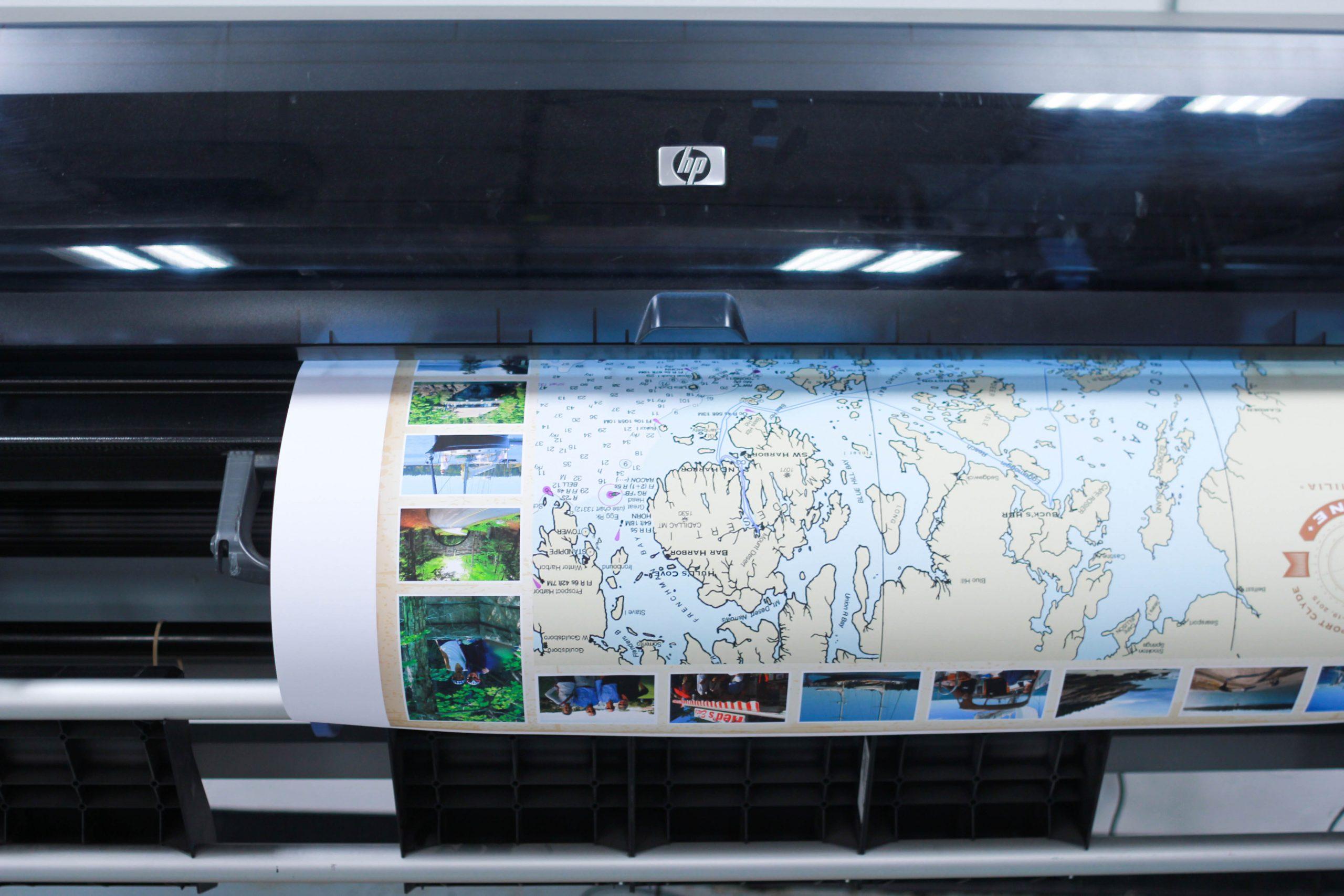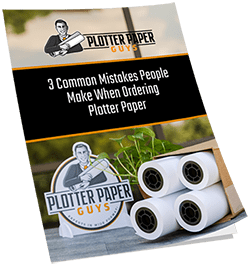Did you know that consumers are 70% more likely to remember a print ad than one that’s digital? That is why it is important to learn about poster paper size and how it affects your business.
Technology is truly incredible and opens up all sorts of opportunities to interact with customers but there’s simply no substitution for the real thing. Print ads, like you might see at a bus stop, are capable of reaching audiences that digital advertising simply can’t. It will also stick with your new customers for longer, helping them to create a relationship with you and your brand.
But what sizes should you select when you’re designing a poster? We’ve put together a guide of standard poster sizes like ISO 216 to help you pick the best poster size for whatever you need.
Keep reading to find the best poster size to show off your brand in its best possible light!
The Most Common Standard Poster Sizes
The first thing to keep in mind when you’re designing a poster is that in today’s bespoke, custom-printing landscape, any size is possible. You can print a poster the size of the side of a barn to small posters like you might see on bulletin boards, along with more common dimensions like you see with movie poster sizes.
The best poster size is the kind that will best suit your particular need. There are some types of posters that are more common than others, meaning that these kinds of poster paper are more widely available and can often be purchased for a reasonable price.
The three most common standard sizes for posters are 18 x 24, 24 x 36, and 30 x 42.
If you’re uncertain what size to use, a medium-sized poster is a good safe bet. The most common types of posters are 36 x 48, and they can be printed either horizontally or vertically.
Another advantage of designing and printing for more common poster sizes is the availability of high-quality design resources.
There are tons of excellent poster templates out there for common poster dimensions which can help you create stunning posters even if you have no design background.
36IJC and 46IJC
Speaking of common poster sizes with tons of resources, you can’t mention common poster paper sizes without discussing our 36IJC (36lb coated) and 46IJC (46lb coated). Both are especially popular with those who need to print full-color posters regularly.
Both 36IJC and 461JC are some of the most common poster paper sizes used by schools. Both are excellent for printing full-color posters for promoting special events around school, like school elections or homecoming dances.
46IJC is good for any application that requires short-term signage, though. It’s equally as popular in supermarkets for promoting regular sales. It’s also regularly used for printing temporary maps like you might find in the mining industry.
46IJC is also commonly used for promoting special events like fundraisers. Common sizes for finished posters printed on both the 36IJC and 46IJC are 24″ x 36″ and 17″ x 22″.
Standard Poster Sizes 101: Consider The Application
It’s all well and good to know standards and averages but you need to spend some time thinking about the intended use when you’re printing posters.
Is this a promotion for a one-off event like a sale or a Grand Opening, for instance? A smaller poster like an A3 might be a good choice, in that case. They’re smaller, more portable, and more affordable.
Are you looking to stand out at trade shows, on the other hand? A larger poster like a 24 x 36 is more impressive and will make a longer-lasting impression on the trade show audience, which will help you to stand out in a crowded marketplace.
That’s not the only way a poster can make a splash at a trade show, though. You could get creative and create a batch of collectible A4 posters to hand out to your visitors. Not only will this create a sense of goodwill between you and your new clients, but it also gives them something to take with them which they can display in their home or office.
This means that once the initial contact has been made, your new customers will also become your new brand ambassadors!
It’s important to spend some time thinking about these details before it comes time to design and create a poster in earnest. The dimension of a poster can impact everything from choosing a font to picking the right color scheme.
Standard Poster Sizes 101: Design With Size In Mind
The final form of your poster makes a huge impact on its final appearance. Say you’re creating an enormous subway poster, for instance. The 40 x 60 dimension means that even minuscule details like choosing a Serif font can make a major impact on the designer’s ultimate impact.
With a smaller poster like an A4, however, such small details will not be nearly as apparent.
A good general practice for designing posters is to start like you’re designing a business card. This will help you focus on the most important elements for visual branding. These include things like your logo, the most essential info for your business or brand, and visual branding choices like color scheme and choice of font.
Once you’ve got this info, you can tailor it for specific sizes. Say you’re making a large poster like you’d see at trade shows. This means you’ve got more space to display images prominently, for instance. You could also have room for additional text so you could include additional copywriting to convey more written information.
This thought process will help get you thinking like a graphic designer and content marketer. It’s also evidence of how useful taking the time to plan your project can be. Once you’ve whittled things down to the basics it becomes effortless to customize your content to any medium.
Once you’ve fine-tuned your design project, you can use those resources for everything from full print runs in multiple poster sizes to new content for your digital marketing.
When you take the time to do it right, the physical and the virtual compliment one another beautifully!
Looking for Poster Printing Services?
We’re here for you! With over 40 years of experience in the printing industry, it is our passion to help our customers thrive with the highest-quality print design!
Now that you know more about standard poster sizes, get in touch to talk to an expert about any questions you may have or to let us know about your specific needs!




